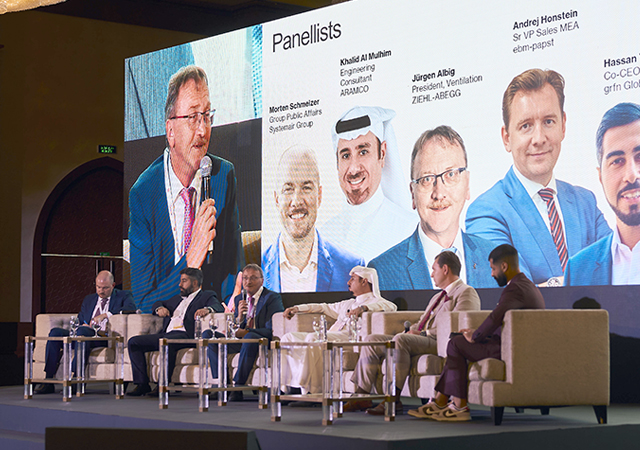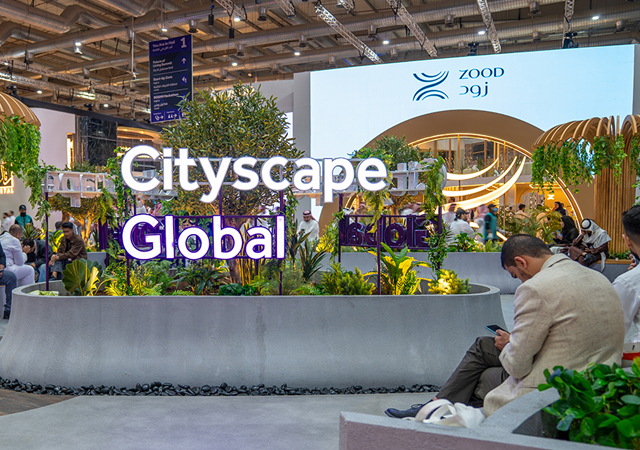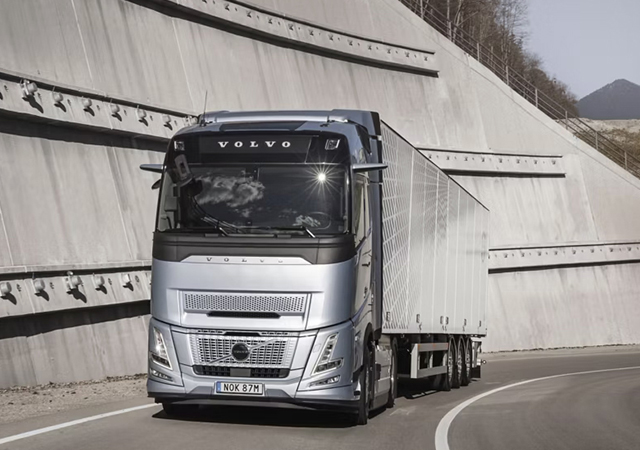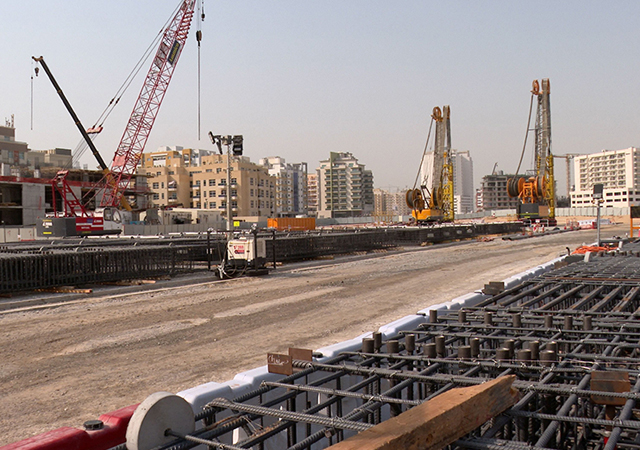

The construction of the Red Sea Gate container port is well under way, with the first phase set to open later this year and the second and final phase by the end of the third-quarter in 2010.
The SR1.7-billion ($453 million) project, being developed by Saudi-based Red Sea Gateway Terminal Company (RSGT), involves the construction of a third container terminal at Jeddah Islamic Port (JIP) and is designed to increase the port’s overall capacity by 45 per cent to 1.5 million containers annually. More than 70 per cent of Saudi Arabia’s imports pass through JIP.
The terminal will have a 740-m main berth and a 390-m feeder berth. It will also have its own dedicated 16.5-m-deep channel linking to JIP’s main channel.
Construction work by main contractor China Harbour Engineering Company (CHEC) is on schedule and proceeding 24 hours a day.
Designed to handle the new generation of container super-carriers, Red Sea Gate will be able to accommodate the increased (18 m) requirement for the deep-draught carriers in port’s turning basin.
With two cement-batching plants on site producing a concrete mix that is environment-friendly in sea water (and independently monitored to check compliance), the quayside is being built out of massive 500-tonne blocks manufactured on site at an average rate of about one per five hours and lowered into position by a floating crane. Local sources say that this is only the second time that blocks of this size have been used – and a GCC first.
The quayside and storage area, largely on reclaimed land, is being compacted to take toughened concrete paving to allow seven-high container stacking anywhere in the complex, thus allowing unrestricted rearrangement and temporary storage of containers to maximise the efficiency of the workflow.
The Red Sea Gate complex will have its own customs complex with the latest bulk X-ray equipment to allow inspection and the accompanying documentation to be handled on site to minimise delay.
With environmental considerations being a top priority, the wastewater outflow from the reclamation process is filtered for sediment before being returned to the sea.
Proof of the low environmental impact of the project is beautifully confirmed by a flock of flamingos that has taken up residence just a few hundred metres from the site.
RSGT secured a SR1.7-billion ($453 million) Islamic loan with Al Rajhi Bank for the development in 2007. It also awarded Shanghai Zhenhua Port Machinery Company (ZPMC) of China the contract to supply cranes and other equipment.

















.jpg)













 (1).jpg)





























































.jpg)











